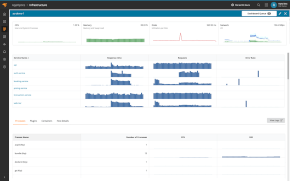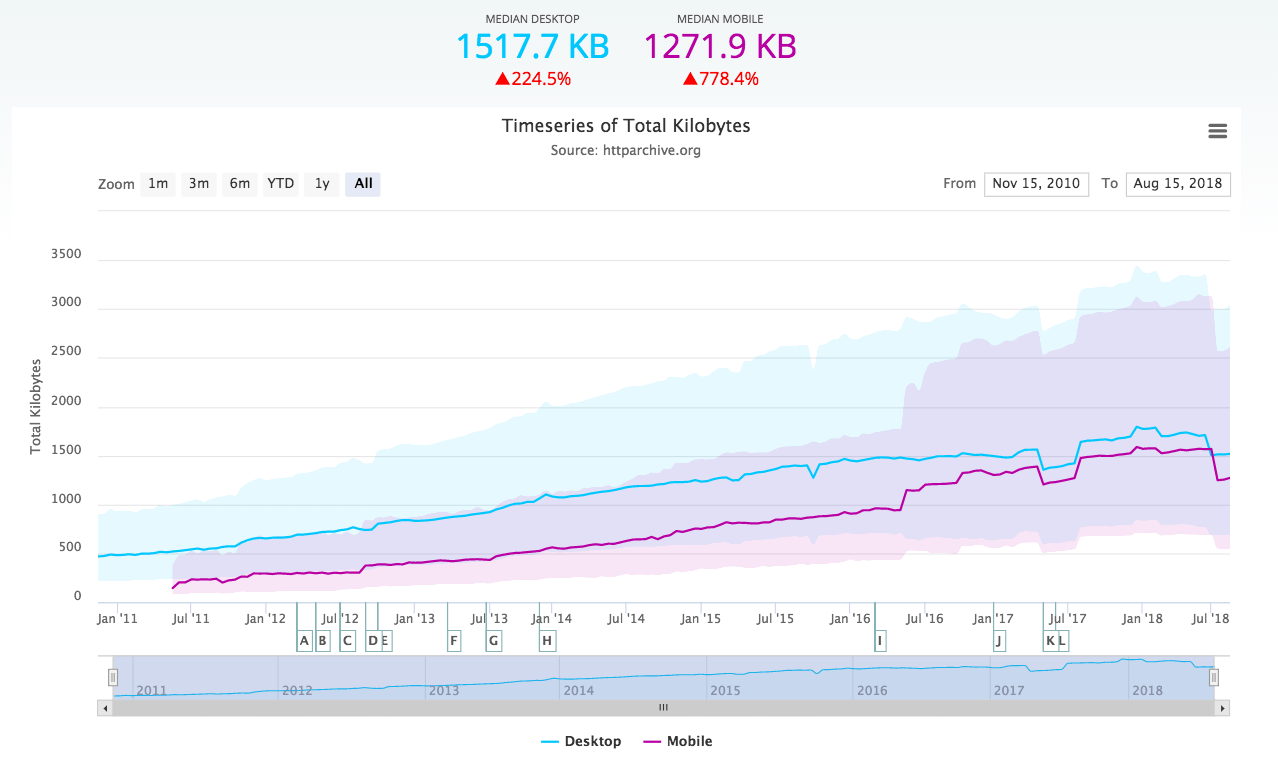The partnership between Nobl9 and SolarWinds® Pingdom® is the bridge between business and technology everyone’s been waiting for.
What Is Nobl9?
Nobl9 is a software reliability platform that works with DevOps practitioners, reliability engineers, and now SolarWinds to make you feel more confident in the dependability of your products. By using service-level objectives (SLOs), Nobl9 offers the business acumen you need to take your Pingdom monitoring to the next level of accessibility.
Though the bigger cloud-native companies originally kicked off the SLO method to bridge the gap between operational staff and software services, Nobl9 simplified the process by making it accessible to all software teams. They make it possible to integrate SLOs with most existing platforms, increasing their effectiveness. Despite concerns about everything shifting virtual, Nobl9 supports cross-team workflows capable of making it easier to coordinate your team digitally.
What Are Service-Level Objectives (SLO)?
A service-level objective is the promise you make as a vendor to your customer about the reliability of your products/services. SLOs measure customer satisfaction by comparing the consistency and quality of the vendor’s products against what they’ve promised to the customer. They’re a way to balance the business impact of addressing issues—which may have a negative impact on performance and quality—against target performance and quality goals, such as successful requests, uptime, and responsiveness. SLOs measure the reliability of the website using components like the following:
- Reliability burndown focuses on the ratio of occurrences reporting a good status vs. a bad status. The overall reliability burndown is used to look at product performance over time by alerting on burn rates.
- Error budgets are exactly what they sound like: the maximum amount of time your product can fail without violating your agreement with your customer.
- Burn rates indicate how fast you’re moving through your error budget; in other words, they’re the density of product failures over time. A burn rate higher than one indicates more instances of product failure than promised in the SLO.
SLOs are measured using service-level indicators (SLIs), which measure the service level of the vendor to see if their quality objectives are being met.
SLOs vs. SLAs
Looking at the bigger picture of SLOs brings us to service-level agreements (SLAs). SLAs are an integral part of an IT vendor contract. An SLA pulls together information on all the contracted services and their agreed-upon expected reliability. These documents include details on metrics, responsibilities, and expectations, so no side can plead ignorance. This overall agreement is then broken down into objectives (SLOs), which are used to monitor and ensure the agreement is being met.
Another way to think of it is to break it down into a hierarchy, where the SLA is the top-level item and the SLIs are simply quantifiers at the bottom of the funnel. SLIs are used as a measure to see if objectives are being met at the lowest level.
Some examples of SLIs indicating the SLO may be at risk of falling below acceptable levels include the following:
- Performance degradation,which is a failure of your product in terms of quality, availability, and accessibility. Performance degradations make it harder for the product to provide its intended service, and they can make it difficult for your client to access your service and use it to the extent defined in your SLOs.
- Outages are the next step after performance degradation. With outages, instead of having lag or low image quality, your service goes completely offline.
- Negative customer impact can result when your product isn’t meeting the standards promised to consumers. Product and companies experiencing frequent performance degradations and outages run the risk of losing credibility, respect, and potential business.
If you’re familiar with Pingdom, you may begin to see how you can use Pingdom uptime checks and synthetic transactions to identify, alert on, and minimize the occurrence of these issues.
The Pingdom Nobl9 Integration
With the new Nobl9 and Pingdom partnership, it’s easier to compare the uptime of your site to your uptime SLO and reliability goals. You can create uptime checks, add alerts, and generate reports—all with a user interface built to make the data easy to monitor and understand. Pingdom provides you with the metric data you need to monitor SLOs, and Nobl9 consolidates the information into a detailed report, so there’s no need to manually gather data or try to decipher raw numbers.
The reports use the metrics to define facets and improve customer satisfaction using time and user segmentation (separating time segments/users into distinct groups based on shared characteristics). You’re able to use SLAs to establish contractual obligations between you and your customer, monitor performance against those obligations, and be confident you’re delivering the best customer experience. With this new integration, any Pingdom or Nobl9 user will now be able to create SLO configurations that allow Nobl9 to consider SLI data from Pingdom.























